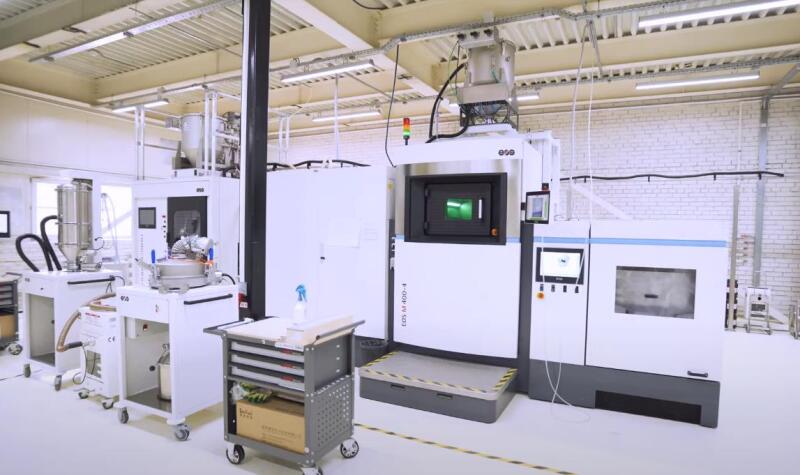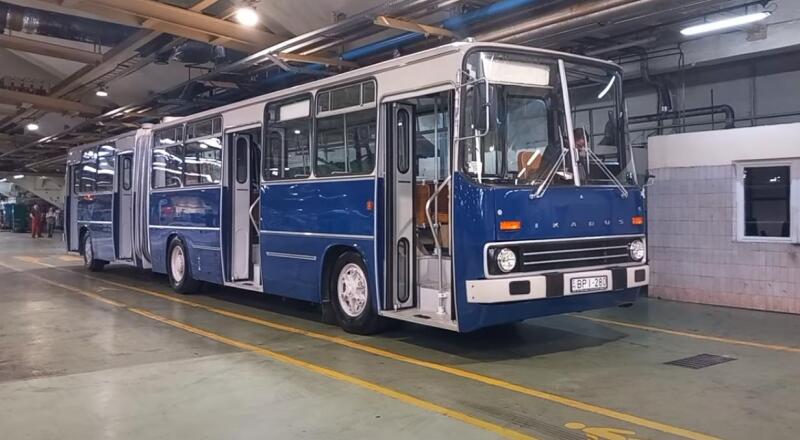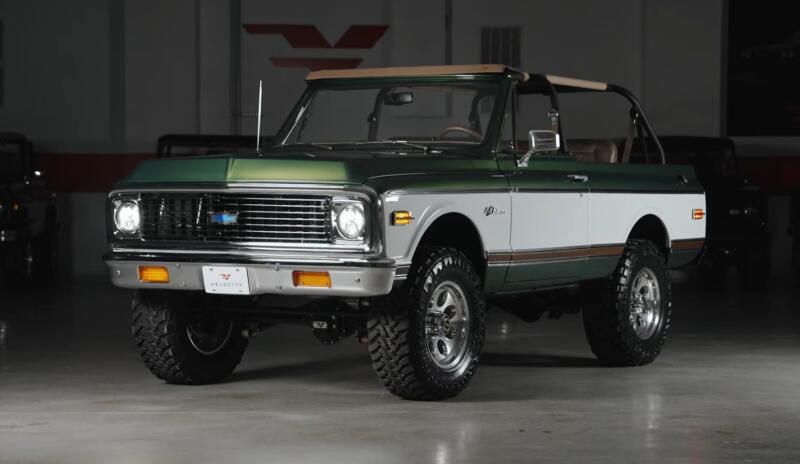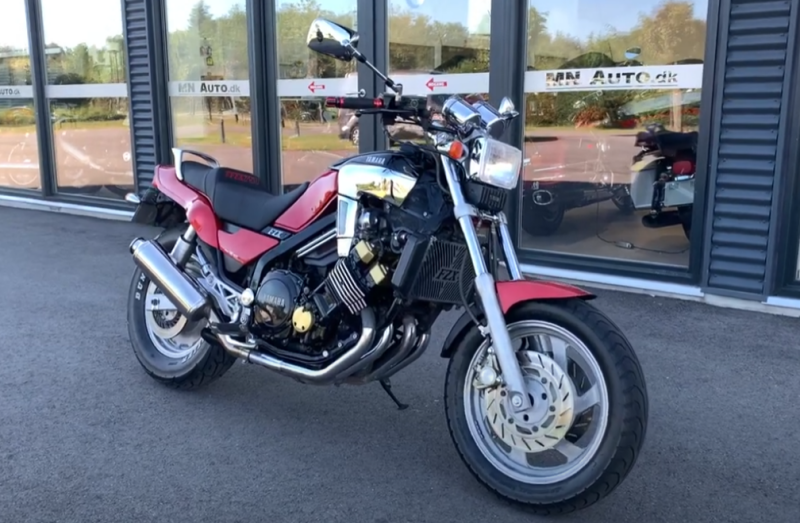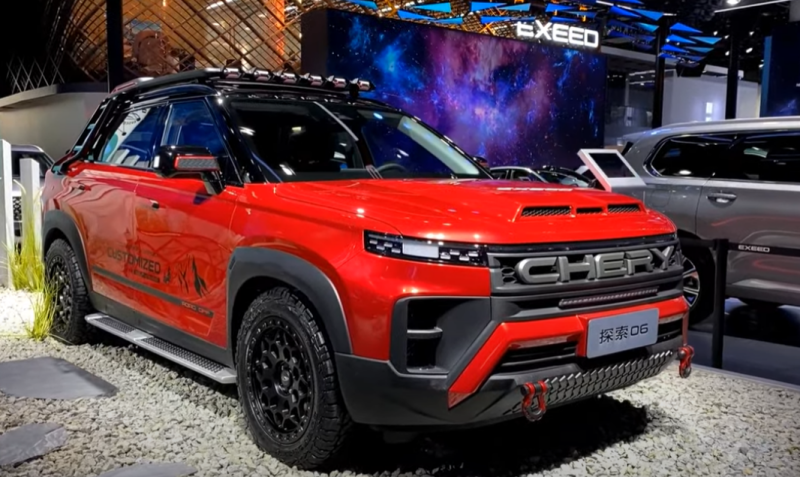And this is already being actively done, both abroad and in Russia. For example, in 2015, Australian engineers (Monash University) presented a working motor, entirely manufactured on a 3D printer.
The layer-by-layer production of products based on 3D computer models is called additive technology.
Airbus went even further and in 2016 demonstrated an aircraft called Thor, printed on a 21D printer. True, the “aircraft” looks more like a drone: its length is four meters and its weight is 787 kg. Today, any Boeing 320 has at least thirty “printed” parts. And, for example, in the A350neo and AXNUMX, a bracket is made in this way, through which the aircraft engine is attached to the wing.
 Russian drone with a 3D printed engine. Photo: YouTube.com
Russian drone with a 3D printed engine. Photo: YouTube.comIn 2020, a UAV equipped with an engine manufactured on a volumetric device was shown in Russia (Kazan). The car flew at a speed of 150 km/h at an altitude of 170 m. It was controlled remotely.
Advantages of 3D printing in the production of metal parts
The first advantage is a significant reduction in labor intensity. For example, a turner, in order to turn a part, takes a workpiece and cuts off all unnecessary parts. This takes a lot of time and leads to the formation of chips. Such production is clearly uneconomical. When manufacturing parts in a 3D printer, there is no waste: that is, the advantages of the device can also be considered environmental safety.
 Parts made on a 3D printer (one of Rostec's enterprises). Photo: YouTube.com
Parts made on a 3D printer (one of Rostec's enterprises). Photo: YouTube.comThe advantages include the speed of work and the ability to obtain shapes of parts that cannot be obtained in any other way. And another advantage is that components and assemblies made using this method are lighter in weight. And this is very important in the aviation (and not only) industry.
How does a 3D printer work?
If the devices used to make plastic products use the starting material in the form of small balls, then industrial printers require fine metal powder. These are also granules, but with certain properties. Inside the device there is a special platform on which a layer of powder is applied.
 3D printing equipment is expensive. Photo: YouTube.com
3D printing equipment is expensive. Photo: YouTube.comThe laser heats it up, causing the material to sinter and harden. Then the platform “goes” down, providing space for the formation of the next layer. This is how the part is gradually grown. The process can last several hours, but sometimes it takes a day or more. It all depends on the complexity and dimensions of the product.
Giant printers
Many assume that in the future not only airplanes, but also space rockets will be made in a similar way. And some practical steps in this direction are already being taken. Boeing uses a lot of titanium elements in its engine in its Dreamliner 787.
 The Boeing 787 Dreamliner has 3D printed parts. Photo: YouTube.com
The Boeing 787 Dreamliner has 3D printed parts. Photo: YouTube.comThe American startup Relativity Space, which, according to its participants, should become a direct competitor to Musk’s company, is going to print a rocket. Its launch is scheduled for 2025. According to the plan, it should become a satellite in the OneWeb Gen-2 constellation. You can call it a fantasy, but about a billion dollars have already been raised in the project.
Industrial 3D printing in Russia
The Russian Federation is also not lagging behind: Rostec already has its own printer, which can be used to make half-meter parts. This year it is expected to begin manufacturing elements with increased heat resistance for aircraft engines PD-14 (MS-21), PD-8 (installed on SSJ-100), TV7-117ST-01 (IL-114-300), as well as helicopter power units VK-650V. The printer was developed by the Russian company Laser Systems and is installed in Lytkarino (Moscow region) on the basis of the branch of the engine-building organization ODK-UMPO (Ufa).
